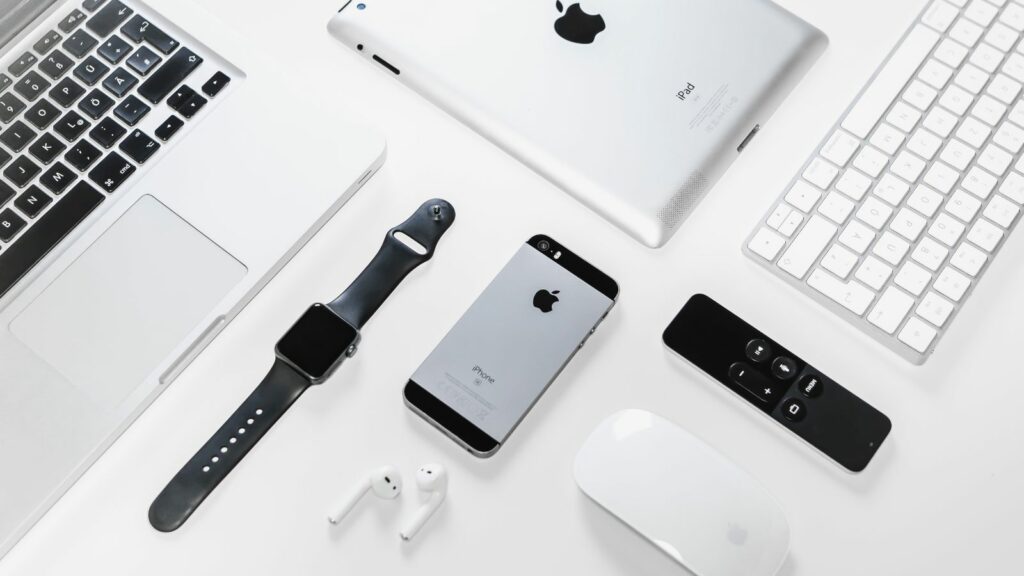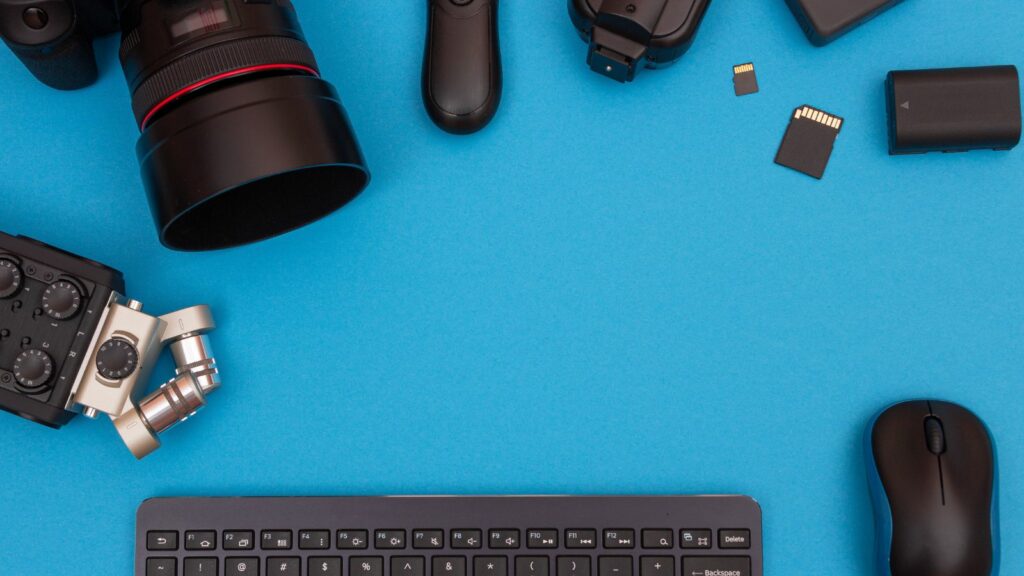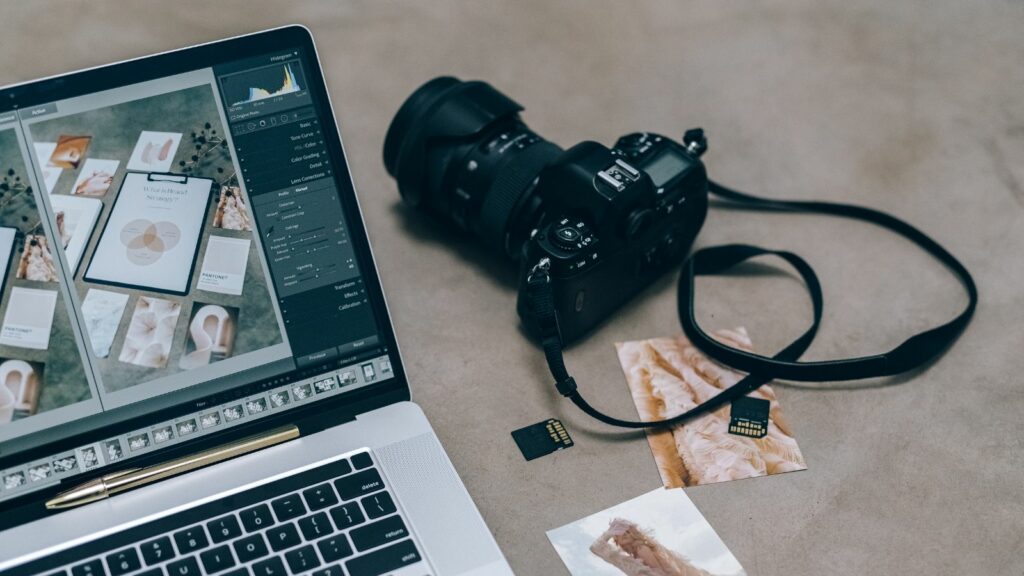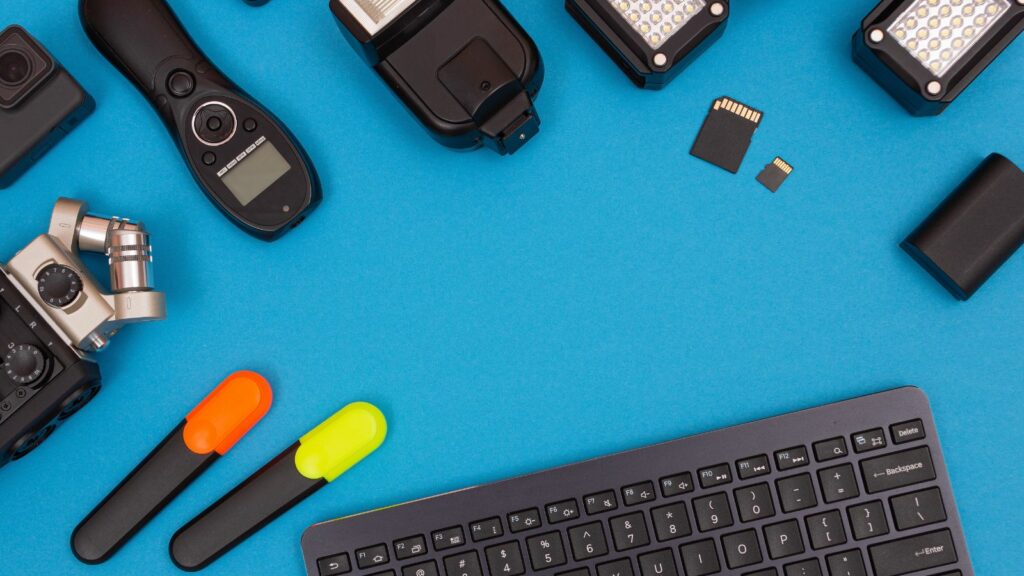In the realm of technology, desktop gadgets have carved out their own niche. They’re not just icons on a screen, they’re dynamic tools that enhance productivity and bring a dash of personalization to our workspaces. From weather widgets to sticky notes, these tiny powerhouses are transforming the way we interact with our computers.
But what makes these gadgets so captivating? And how can they help streamline your daily tasks? This article unravels the world of desktop gadgets, exploring their evolution, their benefits, and how they’re shaping our digital experiences. So, whether you’re a tech enthusiast or a casual user, stay tuned as we delve into the fascinating world of desktop gadgets.
Desktop Gadgets
The transformation of desktop gadgets includes a blend of technological innovations, practical application, and meaningful use.

In the realm of desktop gadgets, a defining shift came with the evolution from analog to digital. Transition started when gigantic, clunky devices shrank in size, becoming more accessible and affordable. For instance, bulky desktop calendars transformed into small, dynamic date-and-time widgets.
It was the rise of computer processing power that made these modifications possible. As the capability of computers soared, desktop gadgets evolved, modifying from static, one-purpose tools into interactive, multi-purpose interfaces. Resulting in alarm clocks, for instance, morphed into world timers, with the ability to display time in various zones simultaneously.
The inception of smart gadgets marked another significant stride in the evolution of desktop gadgets. Proceeding beyond the basic functionality of conventional desktop tools, smart gadgets brought forth entirely new dimensions of interactivity and convenience.
Types of Desktop Gadgets
Significant advancements in the digital realm have spawned a plethora of state-of-the-art desktop gadgets. Cultivating user engagement and comfort, these gadgets encompass various spheres including workflow enhancement, health and wellness, and entertainment. Below, we delve into the specifics of these categories, illuminating their unique features and functions.

Workflow enhancers facilitate productivity and convenience in professional and personal territories alike. Examples include calendar widgets, to-do-list tools, and project management tools. Apps like Google Keep or Microsoft To-Do typify to-do-list gadgets, letting users craft, update, and track tasks seamlessly. Similarly, project management tools like Trello or Asana as desktop apps permit efficient task delegation, monitoring, and collaboration. Not to be overlooked, AI-powered digital assistants (namely Siri and Google Assistant) offer voice recognition capabilities, providing hands-free control and access to information on a whim.
Aligning digital innovation with health consciousness, numerous gadgets focus on promoting health and wellness. For instance, break reminder gadgets like Stretchly or Big Stretch Reminder urge users to take regular breaks, warding off prolonged sitting hazards. Additionally, ambient noise apps such as Noisli provide accessible platforms to play calming sounds, aiding concentration and stress reduction.
In the realm of entertainment, desktop gadgets extend beyond mere distractions. Music player gadgets like Spotify and iTunes offer vast libraries of songs, while video playing tools (think VLC media player) support diverse file formats for seamless viewing. Streaming widgets further enrich the entertainment experience, catering to varied tastes with expansive collections of movies, series, and documentaries. Notably, gaming tools bolster the entertainment value, featuring games that range from lightweight desktop distractions to demanding high-graphic adventures.
Popular Desktop Gadgets in 2023
Among the must-have desktop gadgets in 2023, smart clocks and organizers, along with ergonomic tools, frequently find their place on user’s workstations. User’s across the globe vouch for these tools owing to their convenience and productivity-enhancing features.

Digital-age workspace marvels, smart clocks, and organizers go beyond just displaying date and time. Users lean heavily on these tools to manage their tasks and schedules, offering a more streamlined working experience. For instance, ‘Focus Booster’, a Pomodoro-style time management tool, helps in breaking down tasks into manageable intervals, promoting focused work and well-timed breaks.
‘Calendar+’, on the other hand, is a comprehensive planner that integrates with Google and Apple’s calendars. It’s an interactive tool allowing users to visualize their schedule, set reminders for deadlines, and even share event details with others, creating an organized and clutter-free workspace.

